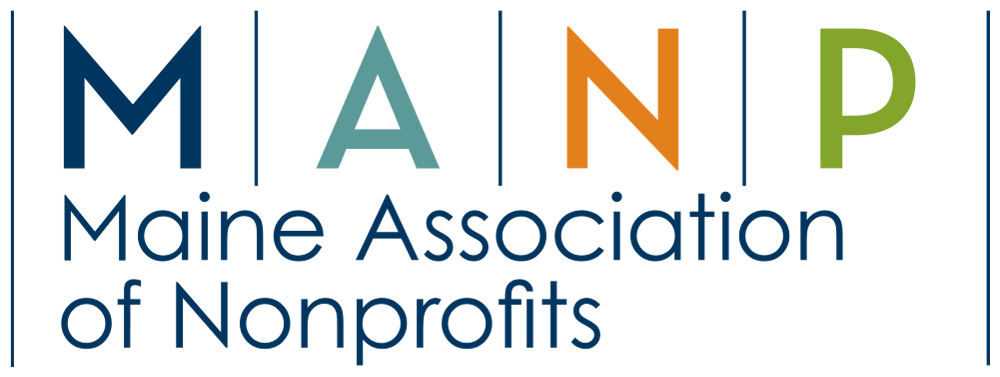Preventing Employee Burnout: Ideas from the Field
Over the past several years, there has been new attention on employee burnout and the ways workplace cultures of productivity, constant connection, and immediate responsiveness are contributing to widespread risk of employee disengagement, negative health impacts, and even resignation from the workforce: see articles in publications such as Harvard Business Review, Forbes and CNBC for just a few takes on this trend. The risks of widespread burnout have only been exacerbated and accelerated during the pandemic, as many employees juggle work and caretaking in a rapidly changing world. These impacts are felt disproportionately by women, people of color and other underrepresented groups who often have “a baseline level of exhaustion” due to systemic barriers, unconscious–or even outright–bias in the workplace, and unequal pay, to name just a few factors.
MANP, like many of our member organizations, is thinking deeply about what it means to be a healthy workplace and what changes we will make to live more deeply into our values and our equity commitments. Many organizations are also grappling with talent recruitment and retention in a competitive hiring market – what does it take to attract people to your important mission?
Beyond the advice for employers in articles such as those linked above, we were interested in how nonprofit employers here in Maine are putting policies and practices in place to take care of their most vital, in all senses of the word, resource: their people. The following are examples we gathered from the field.
Flexibility
- Flexible scheduling, such as not requiring Paid Time Off (PTO) use for things like doctors appointments and allowing for reasonable schedule flexing based on personal needs (eg. childcare responsibilities)
- We have created a flexible, partially remote work schedule.
Additional Time for Rest + Renewal
- We closed at 2:00 every Friday from July 4th through Labor Day.
- We provide one hour per week of paid self-care time for staff to go to therapy, do yoga, go for a walk, or whatever they like!
- We designated July as a month of rest, with fewer meetings and no new projects.
- We are considering implementing a sabbatical policy.
Centering Mental Health
- We have explicitly told folks that sick time (and PTO) can (and should) be used for mental health rather than just physical health and we never ask folks to justify their sick time or PTO.
- We provide clinical supervision for staff to get support around their work from a trained therapist.
- I am currently speaking with a local therapist about bringing her program that directly addresses burnout to our staff.
Prioritizing Connection + Relationship
- Friday Free-For-All: We’re still almost 100% remote and we added a standing Friday Zoom call that’s intentionally unstructured. It’s meant to give space for the kind of interactions we would have had in-person (ie. water cooler convos). Folks share things from their personal lives as well as bring ideas to bounce off other people.
- We now have an employee book club to help folks feel more connected.
Realigning Compensation with Values and Work Load
- We have revisited our compensation, providing raises and increased PTO.
- We’re adjusting goals and job descriptions so that they are reasonable and achievable by employees within normal work hours.
- Active support in prioritization – dedicated time in our weekly check-in to looking at the to do list and doing some reprioritization to focus on the truly important stuff and identify things that could be passed off to others or dropped entirely.
- While I don’t believe it to be a silver bullet when it comes to preventing burnout, we did provide a fiscal year end bonus to all team members recognizing the added burden and challenges (mental and otherwise) of the past year, working through the pandemic.
- We have designated a “no meetings” day each week.
Practicing Gratitude
- Surprise thank you gifts from the Executive Director.
- Consistent practice of appreciation among the team.
- Our board made a year-end video with appreciations for staff.
Leadership Modeling
- Stated/written policies are great but only if backed up by a culture that supports them. As ED, I try to actively model burnout-preventative practices (ie. “work-life balance”) and am candid and transparent about my challenges around this to help normalize conversation around burnout and prevention.
